The tour begins on the outskirts of Morganton as N.C. 181 heads north toward the mountains. Drive 10 miles on N.C. 181 past the Kmart shopping center. You will see Smyrna Baptist Church as N.C. 181 makes a sharp curve to the left. Turn right onto Brown Mountain Beach Road (S.R. 1405) in front of the church.
After 3.5 miles, you will see signs for the entrance to Brown Mountain Off-Highway Vehicle Area, on the left. The area has 34 miles of trails and is the only place in Pisgah National Forest where ATVs and unlicensed trail bikes can be ridden. Some primitive campsites with tables and grills are available. Visitors must carry a dated fee stub or a season pass while on the trails. Passes are available for purchase at the self-service fee station at the entrance to the trail system. The area is open from mid-March through November and is crowded on weekends.

In 1.5 miles, turn left onto Brown Mountain Road (S.R. 1328) just after crossing a bridge. The road parallels Wilson Creek for the next 9 miles. In 2000, Wilson Creek was declared part of the National Wild and Scenic Rivers System. The river’s 2.3-mile gorge is well known for its outstanding scenery, fishing, hunting, and challenging whitewater. The section that parallels the tour includes a difficult run of Class II–IV rapids suitable only for skilled paddlers.
All along the route are numerous trailheads, many for paths leading to scenic waterfalls.
Almost all the rest of the area covered in the tour is part of the Grandfather Ranger District of Pisgah National Forest. An excellent trail guide is available through the national forest district office (see the appendix). The guide can also be purchased at the visitors’ center mentioned later in the tour.

[North Harper Falls in 1904 from E.M. Ball Photographic Collection]
Prior to 1750, this entire area was primarily an Indian summer hunting ground. Today, it is stocked with bears and wild turkeys and is once again a noted hunting area. The region has a large deer herd, as well as plentiful squirrels and grouse. Several miles of streams have been designated trophy, native, or general trout waters.
Approximately 0.8 mile from the turn, you will see Brown Mountain Beach Resort on the left. The “resort” is actually pretty rustic. The unusual rock buildings visible from the road serve as clues that this campground was in operation long before modern, full-hookup facilities came into being.

[Brown Mountain Beach in 1940s]
In 1916, the area was devastated by a major flood. That July, torrential rains fell for 36 hours. The Catawba River, fed by Wilson Creek, was said to have risen 45 feet. Because one of the main industries of the region was the clearing of timber, the heavy rain on the recently deforested hills caused landslides along Wilson Creek. The natural dams created by the landslides didn’t last long, and their demise sent a violent rush of water deeper into the valley. Along with the water went buildings, bridges, railroad trestles, lumber, and boulders. A great deal of the debris landed at the present site of Brown Mountain Beach.
[Brown Mountain Beach after 1940 flood]
The summer resort was constructed on land scooped out by the disastrous flood. This has been a camping and recreation spot since the 1920s. As you travel past, you may be able to see the boulders that line the campground’s drives. They are remnants of the 1916 flood.
Past the campground on S.R. 1328, you will enter Pisgah National Forest, where the paved part of the tour ends. For the next 4.5 miles, you will travel a gravel road with occasional cliffs on one side and Wilson Creek’s gorge on the other. Designated parking areas are located all along the route. This area is a popular summer hangout for people from the surrounding counties because of its numerous natural swimming holes. It is advisable to drive this part of the tour early in the morning, before the crowds arrive. Most of the designated parking areas have trails that lead down to the rocky creek. Some have steps or railings, but most are still treacherous. You will probably notice a great many fishermen, swimmers, and sunbathers. If the water level is high, especially after heavy rains, you will see lots of paddlers.
As you pass through the gorge, you are traveling parallel to the ridge known as Brown Mountain, the supposed location of the renowned Brown Mountain Lights. Ask anyone who lives in the area about the lights and they will probably have a story to tell. Most will probably claim to have seen the lights. The only problem is that no two people seem to describe the same thing. Some say the lights are red at first, then change colors before they fade to pale blue. Some say they are white, while others say they are like big, shining stars. Some say they appear in groups of three, each light ascending, hovering for a brief period, and then vanishing. Despite the variations in description, there is little doubt about the lights on or near the mountain, the cause of which has yet to be explained.
In 1771, Gerard de Brahm, a German engineer and the first white man to explore the region, recorded his account of the lights. He wrote that “the mountain emits nitrous vapors, which are borne by the wind, and when the laden winds meet each other the nitre inflames, sulphurates, and deteriorates. This causes the lights to inflame.” If Gerard de Brahm’s version sounds a bit far-fetched, rest assured that it is no worse than some of the later theories.
The Reverend C. E. Gregory of New York is credited in some sources as being the first to bring the lights to the world’s attention. In 1910, he built a cottage south of the mountain and soon told all his friends about the mysterious lights he saw from his home. By October 1913, popular interest had grown so strong that the United States Geological Survey sent D. B. Sarrette to make a study of the lights. Sarrette quickly concluded that they were simply the headlights of locomotives on the railway in the Catawba Valley below. Although many old-timers claimed the lights had been seen since Civil War times—before the railroad was built—Sarrette’s theory was accepted by most of the educated public. Then the flood of 1916 wiped out all railroad transportation that summer. No one could explain why the lights continued to make their appearance in the absence of railroad activity.
During the next few years, numerous individuals conducted independent studies, each emerging with a different conclusion. The theories attributed the lights to will-o’-the-wisp, foxfire, St. Elmo’s fire, Andes lights, and even radium emanations.
In 1922, the United States Geological Survey tried again. The new investigator, George Rogers Mansfield, took his assignment seriously. The first thing he did was set about refuting the theories advanced by independent investigators. Then, armed with a battery of surveying instruments, cameras, and topographical maps, he spent two weeks observing the lights and mapping their approximate origin. He reported that of the 23 lights he saw, seven were caused by locomotive headlights, since their times and location coincided with those of passing trains; 10 were cause by automobile headlights; two or three were caused by stationary lights in towns; and the remainder were caused by brush fires.
The 1916 flood may have washed out the railroad and temporarily eliminated it as a possible cause of the lights, but Mansfield dismissed that as an irrelevant point, since the lights witnessed during the period following the flood were probably caused by automobiles. The fact that there was little automobile travel in the area before the flood didn’t seem to sway him. Though his findings may have accounted for some of the sightings, a great many remained unexplained. And Mansfield still hadn’t answered the question of why the lights appeared only in one particular location. He did concede that although the lights originated from artificial sources, “they were given a supernatural aspect by reason of the particular and unique atmospheric conditions in the area.”
Perhaps the moral to be gleaned from all these versions is that the cause of the lights doesn’t really matter. Most people like to conjure up visions of spirits and ghosts when they are sitting alone on a darkened mountain. Perhaps the more versions, the deeper and better the legend.
Approximately 3.5 miles from where the pavement ended, the route crosses the Wilson Creek bridge and reaches a fork in the road. Proceed to the right on Wilson Creek Road (S.R. 1328), following the signs for the town of Mortimer and Walker’s Country Store. In 0.9 mile, you come to Walker’s, on the left. The valley where the store is located was once the community of Hut Burrow, but the flood ended that town’s existence, as it did so many others. The Wilson Creek Visitors’ Center, open from April through November, is next to Walker’s. It has an exhibit of historical photographs that show life in the area.
Continue 1.7 miles to a small parking area on the left. This is the trailhead for the Harper Creek trail system. Two of the most popular treks in the area lead to Harper Creek Falls and on to South Harper Creek Falls, for those who want a longer loop hike.
About 0.6 mile past the trailhead, you will begin to see the remains of the once-bustling community of Mortimer.

[Mortimer around 1916 from the Walker Collection]
“Mortimer sprung up almost in a night and has flourished like the green bay tree. There are more than 100 houses in the place and some of them are as pretty as a fellow would find in a day’s journey. I cannot imagine a better location for a little town than the one on which Mortimer is built.” So wrote an admirer in 1905.
In 1904, the Ritter Lumber Company bought area land for its timber and developed the town of Mortimer to process lumber. In addition to buildings for its lumber operation, Ritter constructed a company store, a blacksmith’s shop, a church, a school, a hotel, and numerous houses. Upon the arrival of the Carolina and Northwestern Railroad in September 1905, it even built a depot.

[Ritter Lumber Company Store in Mortimer]
Some reports suggest that as many as 800 people were employed by Ritter and that the company had five engines bringing logs from the mountainside to the mill in the village. Things became so civilized that by 1906 Mortimer had two churches, a motion-picture facility, and the Laurel Inn, which attracted visitors for weekend stays. Teddy Roosevelt reportedly visited Mortimer and danced with Mrs. Bill Mortimer in the inn’s ballroom. The Carolina and Northwestern added passenger service by 1910, bringing as many as 30 riders a day.

[Laurel Inn from Walker Collection]
But disaster struck with the flood of July 1916. Much of the lumber company’s operation was destroyed, along with many homes. Though more than 10 million board feet of lumber remained, most of it was badly damaged. The Ritter Lumber Company supplied the manpower that restored the rail service so vital to its operation, and the trains were running again as soon as August 29. Unfortunately, most of the virgin timber had already been cut, so Ritter began to slow its operation, staying only long enough to process the lumber on hand.

[Clear cut timber near Edgemont that contributed to 1940 flood.]
It appeared Mortimer was doomed, but the erection of a cotton mill about a mile below the village in 1922 made it a thriving community once again. The revitalization was short-lived. A fall in demand for the coarse yarn produced by the mill led its owners to close up shop in 1928.
Another burst of activity came in 1933, when the Civilian Conservation Corps (CCC) built a camp for 300 men engaged in constructing trails and roads and repairing many of the buildings in the village. In 1934, the old mill was reopened for the production of hosiery. The owner, O. P. Lutz, imported German-made machinery and even hired German technicians to run some of it, but his enterprise never really got off the ground. By 1938, the railroad closed.

[CCC camp as 1940 floodwaters receded near Edgemont]
The final blow came in 1940 with a second devastating flood caused by a hurricane that poured three days of rain on the area on August 12–14. Highway officials estimated that 90 percent of the bridges in Caldwell County were washed away. Wilson Creek reportedly reached a record flood stage of 94 feet. Few buildings in Mortimer survived, though the CCC camp somehow managed to escape destruction. The men of the camp stayed on through the early 1940s. One of their tasks was to take up the railroad tracks, which they reportedly shipped off for use in making war materials. The old railroad bed is now the road on which you are traveling.

[CCC camp before the 1940 flood]
Approaching Mortimer on S.R. 1328, you will see the remains of the hosiery mill stretching for about 0.1 mile on the right. Before crossing a small bridge, you can view the former site of the Laurel Inn on a hill on the left overlooking the creek. Though the inn collapsed from neglect, evidence of where it stood remains.
The village of Mortimer has been replaced by small cabins and trailers leased by fishermen and campers from the heirs of hosier O. P. Lutz. On the left just past the congested area of cabins and trailers is what remains of a bridge abutment. Mortimer’s old school used to stand near this location. It was burned as a precaution after it was used to house patients during a smallpox epidemic. The old depot was located in the field near the present general store before it was moved to greener pastures as an exhibit at Frontier Village in Kentucky. The only two buildings that survived the 1940 flood are, on the right, the general store, and across the road, the white ranger station built by the United States Forest Service. The latter structure seems to be guarding the entrance to the campground area.
At the store, turn left onto N.C. 90, following the sign for Edgemont Baptist Church. The route passes Mortimer Recreation Area and its camping facilities and heads up the mountain to Edgemont. Because Edgemont escaped the brunt of the floods that hit Mortimer, greater evidence of past prosperity remains here.
On the left 2 miles past Mortimer is a white building with green shutters. Closer to the roadside is a small white building. The larger of the two is the old Edgemont railroad depot. It has been restored and now serves as a private residence. The smaller building, once the baggage house, is now a guesthouse. Since Edgemont was the end of the railway line coming up from Chester, South Carolina, it also became the rendezvous point for the hired carriages and wagons sent down to transport tourists to resorts in Linville and Blowing Rock. During the week of the Fourth of July, special excursion trains ran from South Carolina.
Continuing on N.C. 90, you will cross a creek just past the old depot. Turn right at another sign for Edgemont Baptist Church. You will soon see the picturesque white church built in 1916 sitting atop a small hill. Turn right again just before the church to see where the Edgemont Hotel once stood. Edgemont turned into something of a resort area upon the opening of the hotel, also known as the Rainbow Lodge. The hotel stood on this spot until a fire caused by vandals destroyed it in the 1990s. In its glory days, it even offered cabins for Camp Rainbow, a summer camp for girls run by the Order of the Eastern Star. The camp was located in the large field in front of the hotel.
[Edgemont Baptist Church]

[Edgemont Hotel before in burned in the 1990s]

[After 1940 flood; Edgemont Hotel is in background; Walker Collection]
Return to N.C. 90 and turn right. You will soon approach Coffey’s General Store, the focal point of what remains of the village of Edgemont.
The store is well worth a stop. It seems to have changed little since it was built in the early 1900s. Unlike many of the “restored” general stores cropping up for tourists in the mountains, Coffey’s is the real McCoy. The store was originally located on the other side of the creek, but when the flood of 1916 changed the creek’s course and necessitated the relocation of the road, the store’s owner decided to move it to where it now stands. The store was actually placed up the road several hundred yards from its present location, but the floodwaters of 1940 moved it a second time. As Archie Coffey, who ran the store and the Edgemont post office for over 40 years, put it in a 1977 newspaper interview, the flood “picked up this store building and washed it up against a big tree. I didn’t lose but about five or six cans off the shelves, but I never did get it level again. That’s why the floor is buckled.”
Buckled floor or not, the store still stands. Coffey’s, like Walker’s Country Store earlier in the tour, is a working store that serves its community. Both are recommended stops for travelers to sit a spell and ask questions about the history of the area. Coffey’s has old photographs showing the effects of the two major floods.
When you have seen Edgemont, turn around and drive 0.6 mile back past the old depot. Just beyond the depot is Pineola Road (F.R. 464). Turn right onto this “narrow winding road with turnouts,” as the sign correctly describes it. The steeply graded road travels through the wilderness study areas of Lost Cove and Harper Creek.
Thanks to the area’s dramatic drops in altitude, many of the 25 trails around Wilson Creek offer hikers access to stunning waterfalls. Some of the most impressive are the 200-foot falls and cascades known as South Harper Creek Falls (whose trailhead was noted earlier), the exceptionally beautiful North Harper Creek Falls, the three-tiered Hunt Fish Falls, and the several sets of scenic falls along Gragg Prong. As you proceed up F.R. 464, you will see signs for the trailheads all along the road.
[Falls along Gragg Prong]
It is 3 miles to the parking area at the trailhead for Hunt Fish Falls, accessible via a hike of 0.8 mile. A drive of another 1.9 miles leads to the trailhead for North Harper Creek Falls, reached by an easy 1.1-mile hike. The waterfall drops 40 feet into a 50-foot-wide pool.
It is about here that the profile of Grandfather Mountain begins to break through the gaps in the forest on the right. If you look above the road to the left, you will also notice the sheer rock wall known as Little Lost Cove Cliffs. Continue 1.3 miles from the North Harper Creek Falls trailhead to a trailhead on the left. A difficult 1.3-mile hike leads straight up the hill to the cliffs. The elevation at the top of Little Lost Cove Cliffs is 3,400 feet. Hikers who make the climb have an excellent view of the mountain range dominated by the Grandfather.
It is 0.6 mile farther down F.R. 464 to a primitive campsite on the right. In another 0.9 mile is a trailhead on the right for a hike leading to Big Lost Cove Cliffs. Lost Cove Cliffs Overlook is a prime vantage point on the Blue Ridge Parkway for viewing the Brown Mountain Lights. An easy 1.7-mile hike leads to the cliffs, which have been designated a peregrine falcon nesting site and have well-marked areas where hikers and climbers should not go. Peregrine falcons were removed from the endangered species list in 1999. In 2009, some 12 pairs nested in the area, seven of them on forest-service lands. Only three of the 12 pairs produced fledglings, indicating that reproductive success continues to be a concern. Young chicks startled prior to acquiring full flight capability will run off the edge of the cliff attempting to escape the threat. Entering a closed site after the chicks have hatched but before they can fly will almost certainly cause this response. Entry into the areas defined by orange-painted boundaries is prohibited between January 15 and August 15. Be sure to heed the designated off-limits areas.
Continue 1.6 miles on F.R. 464 past the trailhead for Big Lost Cove Cliffs to Long Ridge Baptist Church, on the right. Turn left onto the paved road directly across from the church. About 0.6 mile up that road is Pittman Gap Community Church. Turn left and go 2.1 miles on Mortimer Road to the Jonas Ridge post office, on the left.
The naming of the community of Jonas Ridge is an interesting bit of trivia. The man for whom it was named, Jonas Braswell, did not own land, reside, or farm here. He did not even discover the place. His name has been stamped on the ridge because it was here that Jonas Braswell froze to death. Caught in a snowstorm on a camping trip in the 1800s, Jonas became ill and was forced to spend the night under a rock on a high ridge. The next day, he was carried to a nearby house, but he was too far gone to save. The evolution of the name from Jonas’s Ridge to Jonas Ridge was a slow but logical one.
The tour concludes at “Jonas’s Ridge.” You are at the intersection with N.C. 181. An intersection with the Blue Ridge Parkway is 2.3 miles to the right. A left turn will take you down N.C. 181 to Morganton.














 RALEIGH - Yours truly has learned that scenes for a Paramount Pictures sequel to the movie "Jackass" are being filmed in Raleigh.
How do I know this?
Sources?
Deep-dive research?
Nope. I know it because I may be in it.
So, here's the scene. It's lunch time on Monday, and I decide to zip into Finch's on Peace Street near downtown Raleigh. I pull up and park under the old awnings that once kept car hops dry in the rain. I noticed an old blue land yacht - i.e., a 1960s Lincoln, or perhaps a Mercury…
RALEIGH - Yours truly has learned that scenes for a Paramount Pictures sequel to the movie "Jackass" are being filmed in Raleigh.
How do I know this?
Sources?
Deep-dive research?
Nope. I know it because I may be in it.
So, here's the scene. It's lunch time on Monday, and I decide to zip into Finch's on Peace Street near downtown Raleigh. I pull up and park under the old awnings that once kept car hops dry in the rain. I noticed an old blue land yacht - i.e., a 1960s Lincoln, or perhaps a Mercury…
 Glendale Police Department
Glendale Police Department






 Potato Chip Speaker Courtesy William Gurstelle For that crispy, crunchy audio
Potato Chip Speaker Courtesy William Gurstelle For that crispy, crunchy audio ![MULTI-MILLION DOLLAR HOLOCAUST — The costliest fire in Wilmington's history—the Great Fire of Sunday, Feb. 21, 1886, devastated an estimated $1 million in property—was variously estimated last night to have consumed, in flames and smoke, from $10 to $30 millions worth of property. [sic] The fire started at 8:55 A.M. By 10 A.M., when this picture was made from a plane, smoke billowed thousands of feet into the air and could be seen from at least 25 miles away. The ship in the foreground is the Norwegian freighter Max Manus, which was towed from the docks when the fire started. . . . Photo by Morton.](http://www.lib.unc.edu/blogs/morton/wp-content/uploads/2013/03/P081_NTBS4_015200_05_crop_sm.jpg)










































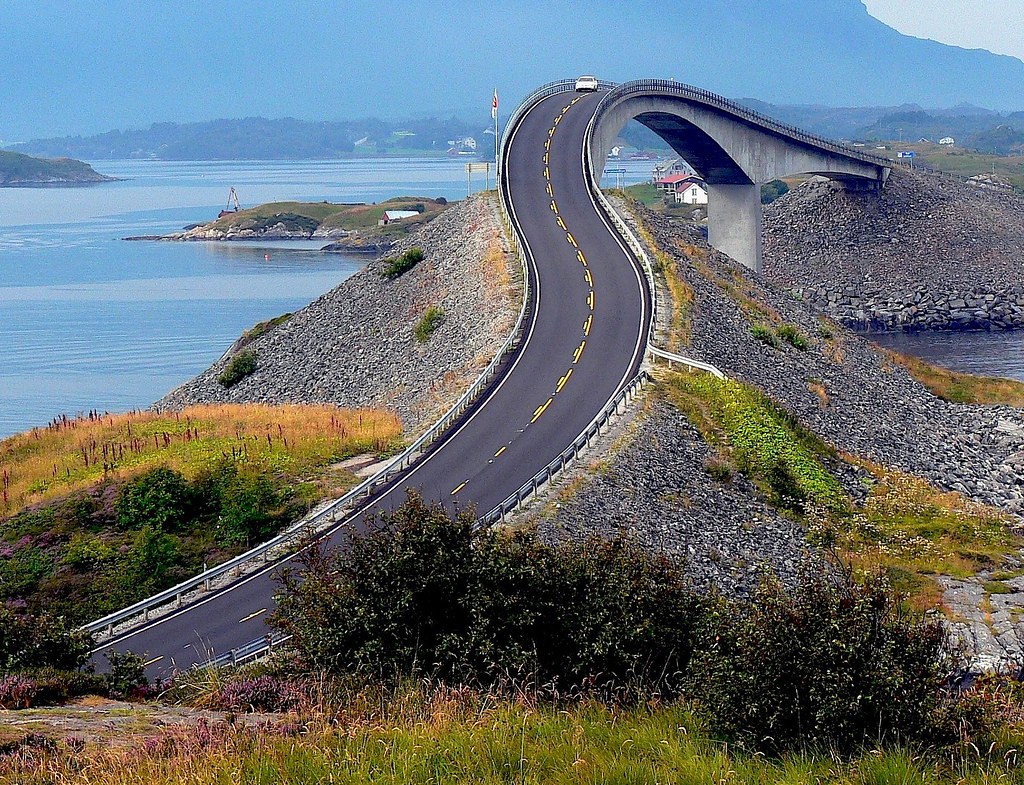

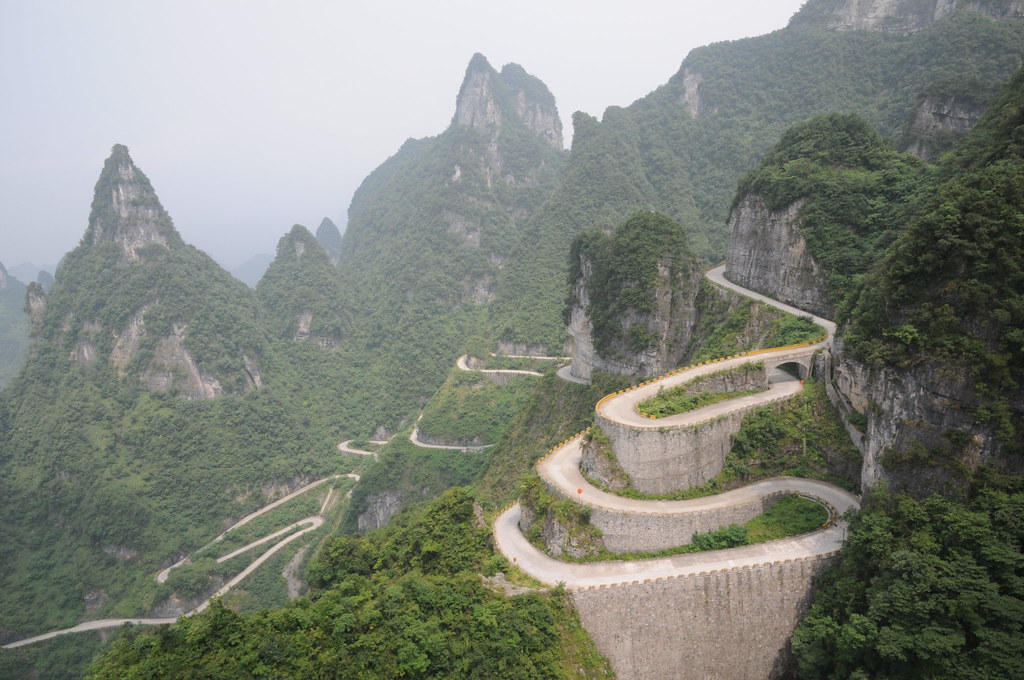







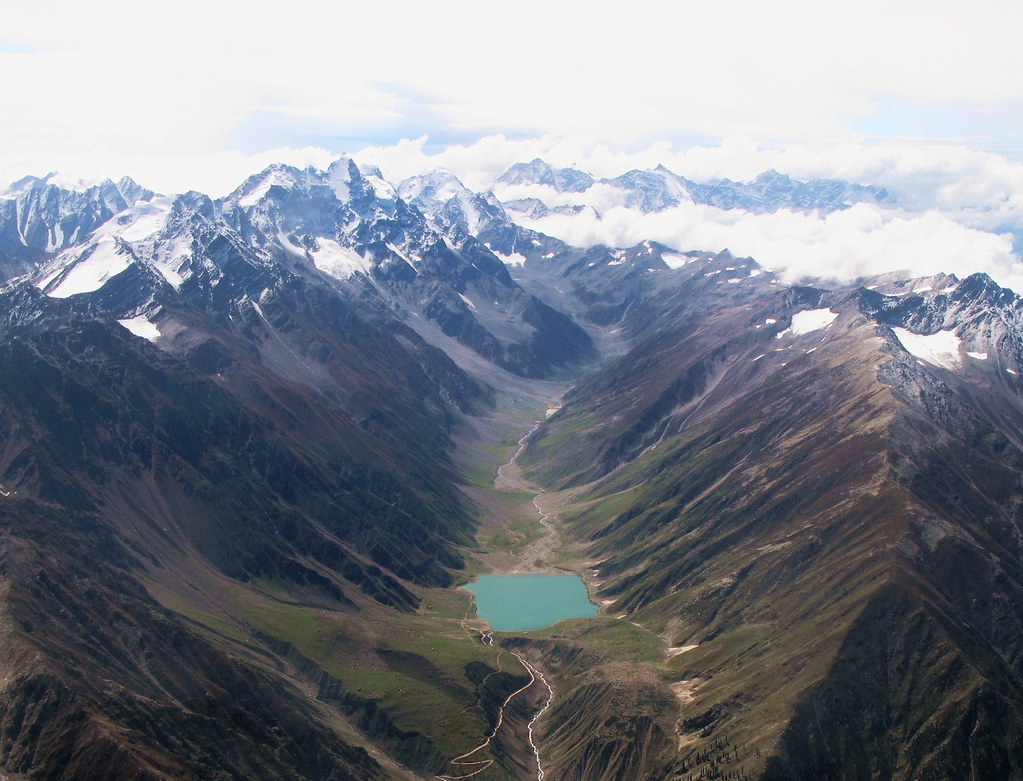


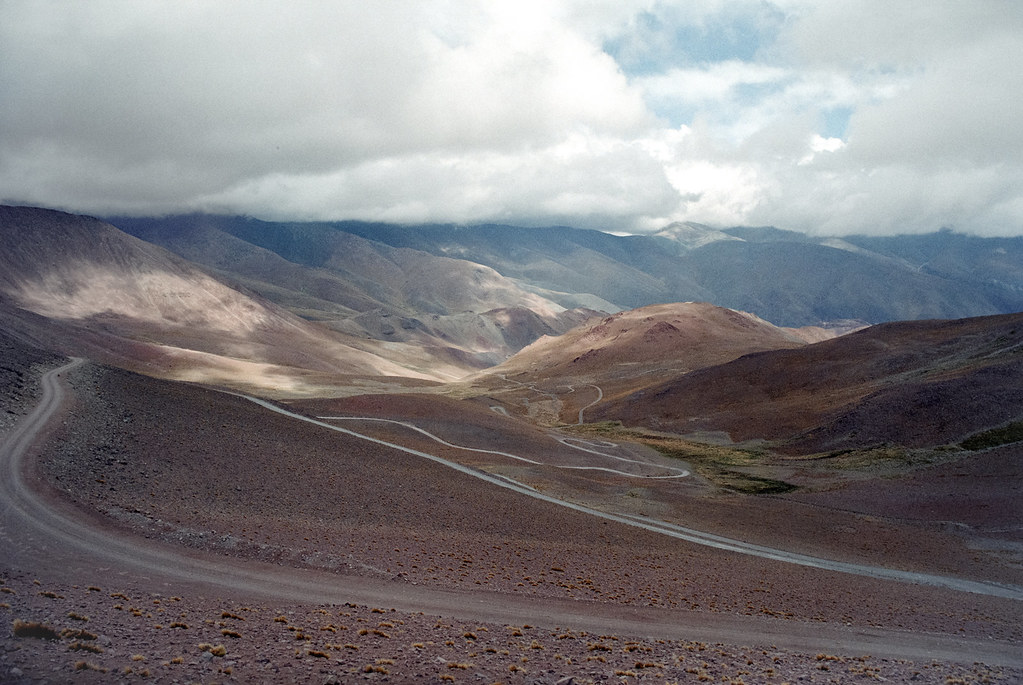
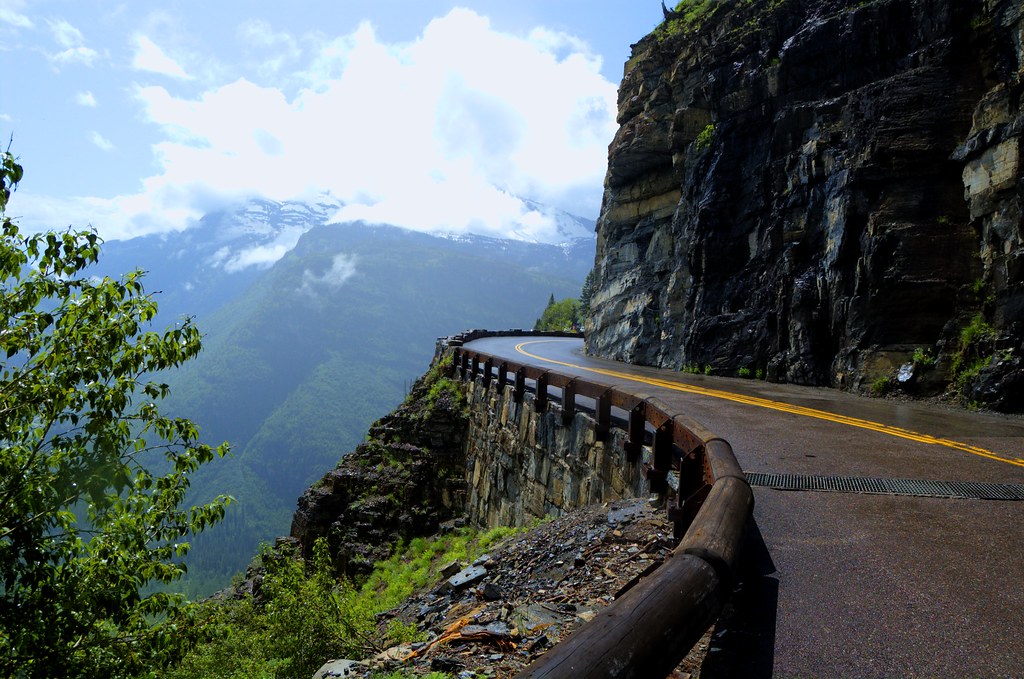





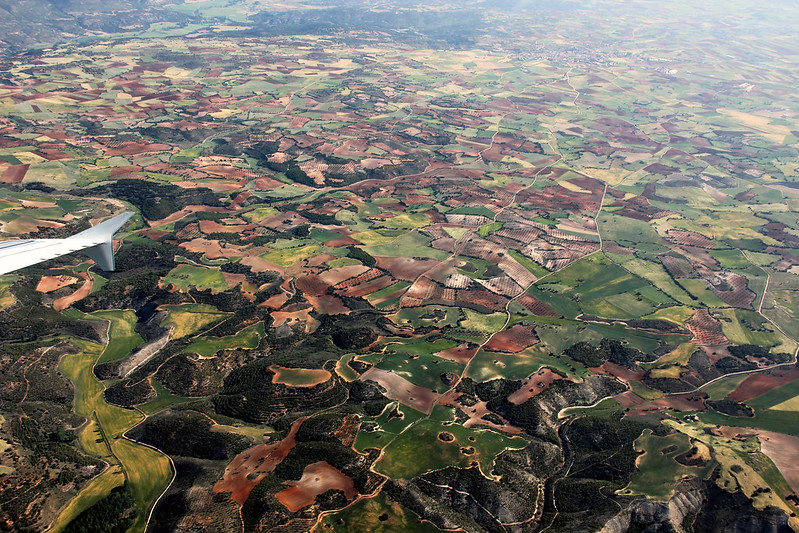


 A while back, I developed an interest in the “archetypal postures” of ground-based sitting, squatting, and kneeling. My interest persisted, and I thought a full-on post about the potential benefits and logistics of floor sitting would be fun and helpful.
A while back, I developed an interest in the “archetypal postures” of ground-based sitting, squatting, and kneeling. My interest persisted, and I thought a full-on post about the potential benefits and logistics of floor sitting would be fun and helpful.


 For many people, this is the most comfortable, natural way to sit on the floor. You can place your feet flat against each other, cross at the ankles, or place your calves against each other. You can even go full lotus.
For many people, this is the most comfortable, natural way to sit on the floor. You can place your feet flat against each other, cross at the ankles, or place your calves against each other. You can even go full lotus.

 Airline passengers will be able to carry small knives, souvenir baseball bats, golf clubs and other sports equipment onto planes beginning next month under a policy change announced Tuesday by the head of the Transportation Security Administration.
Airline passengers will be able to carry small knives, souvenir baseball bats, golf clubs and other sports equipment onto planes beginning next month under a policy change announced Tuesday by the head of the Transportation Security Administration.













9()) Copyright 2013 NPR. To see more, visit
Copyright 2013 NPR. To see more, visit 




 Looking for talent? North Carolina Technology Association, Inc., CED and Work in the Triangle are teaming up for a “Come Tech Out the Triangle Job Fair” in April.
The aim is to promote job openings in the tech industry. The fair, set to take place in conjunction with NCTA’s State of Technology conference, is expected to attract more than 300 job-seekers, but employer participation is limited to the first 30 companies to sign up.
Already, Durham’s Bronto Software, Morrisville’s ChannelAdviser…
Looking for talent? North Carolina Technology Association, Inc., CED and Work in the Triangle are teaming up for a “Come Tech Out the Triangle Job Fair” in April.
The aim is to promote job openings in the tech industry. The fair, set to take place in conjunction with NCTA’s State of Technology conference, is expected to attract more than 300 job-seekers, but employer participation is limited to the first 30 companies to sign up.
Already, Durham’s Bronto Software, Morrisville’s ChannelAdviser…
 Durham-based Organic Transit is taking its bike-car hybrid overseas. The ELF car will be presented at the CeBIT 2013 trade show in Hanover, Germany March 5-9 as one of 50 startup competition finalists.
You’ll recall the enclosed solar/pedal tricycles have a base price of $4,000 and achieve an equivalent of 1,800 miles per gallon without burning any fuel.
OT is collaborating with another Triangle company, Sky Highways, Inc., out of Chapel Hill. The company has developed an Organic Transit Dashboard…
Durham-based Organic Transit is taking its bike-car hybrid overseas. The ELF car will be presented at the CeBIT 2013 trade show in Hanover, Germany March 5-9 as one of 50 startup competition finalists.
You’ll recall the enclosed solar/pedal tricycles have a base price of $4,000 and achieve an equivalent of 1,800 miles per gallon without burning any fuel.
OT is collaborating with another Triangle company, Sky Highways, Inc., out of Chapel Hill. The company has developed an Organic Transit Dashboard…

 Calling all Fanilows whose musical instruments are collecting dust in a corner somewhere.
Wake County Schools is holding an instrument drive in which those who donate new or lightly used instruments will receive two free tickets to Barry Manilow's concert at PNC Arena on April 26.
Who made the first donation? Why, Manilow himself.
Calling all Fanilows whose musical instruments are collecting dust in a corner somewhere.
Wake County Schools is holding an instrument drive in which those who donate new or lightly used instruments will receive two free tickets to Barry Manilow's concert at PNC Arena on April 26.
Who made the first donation? Why, Manilow himself.